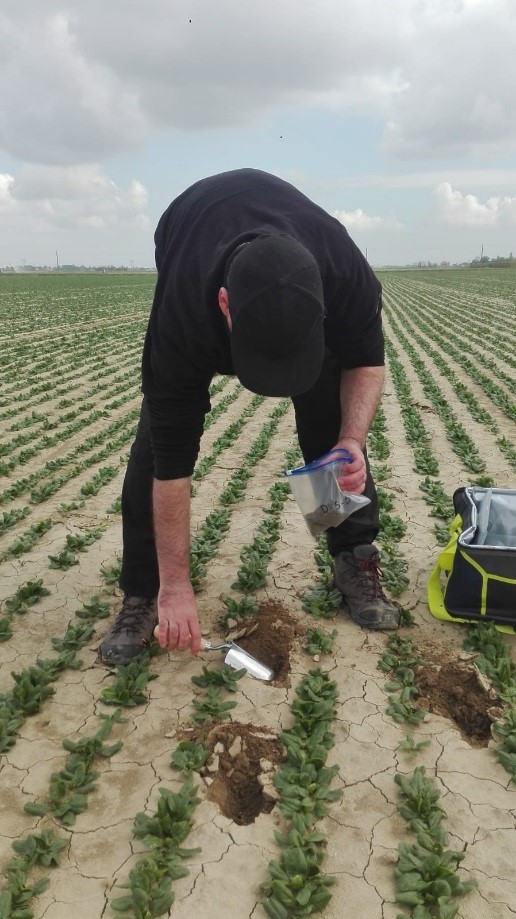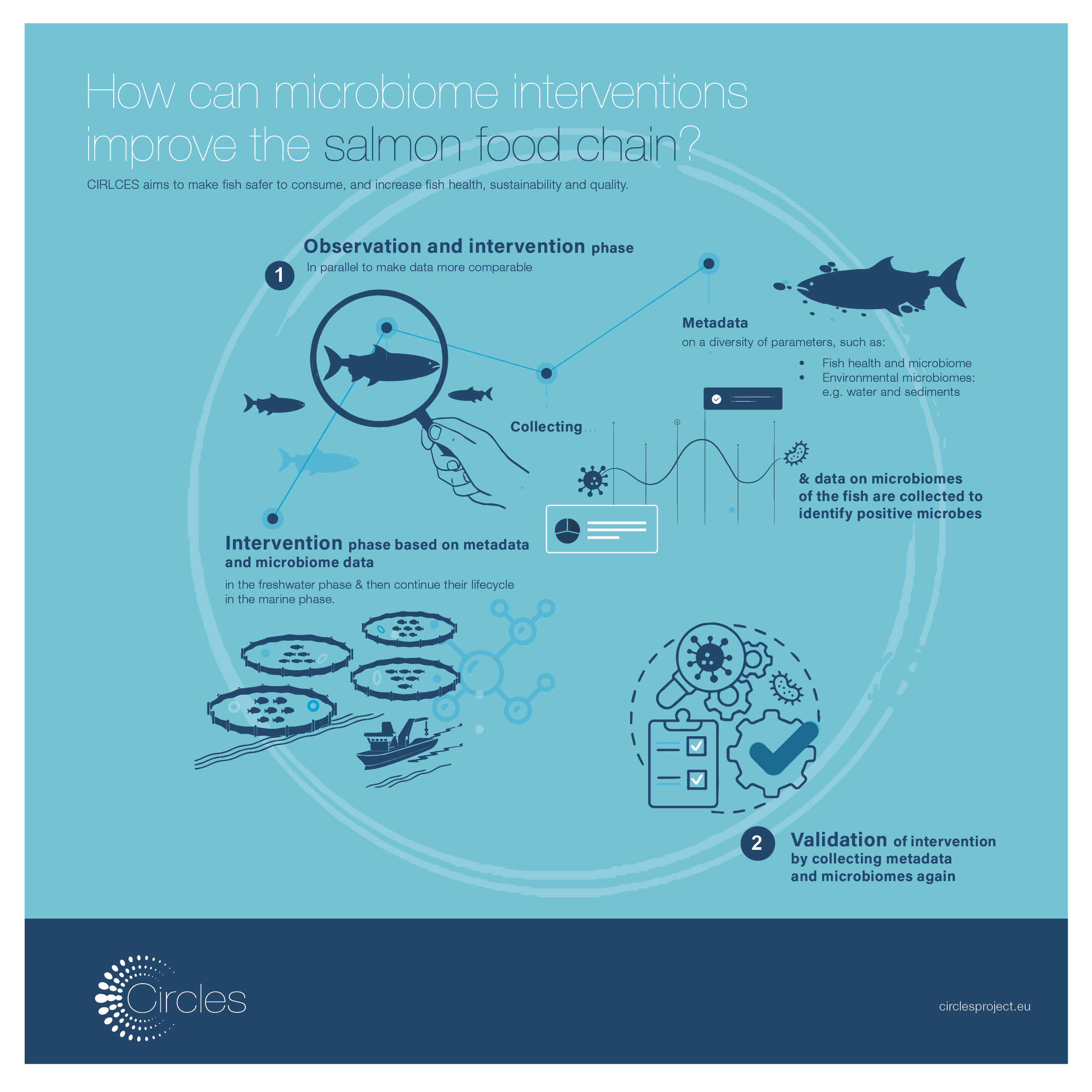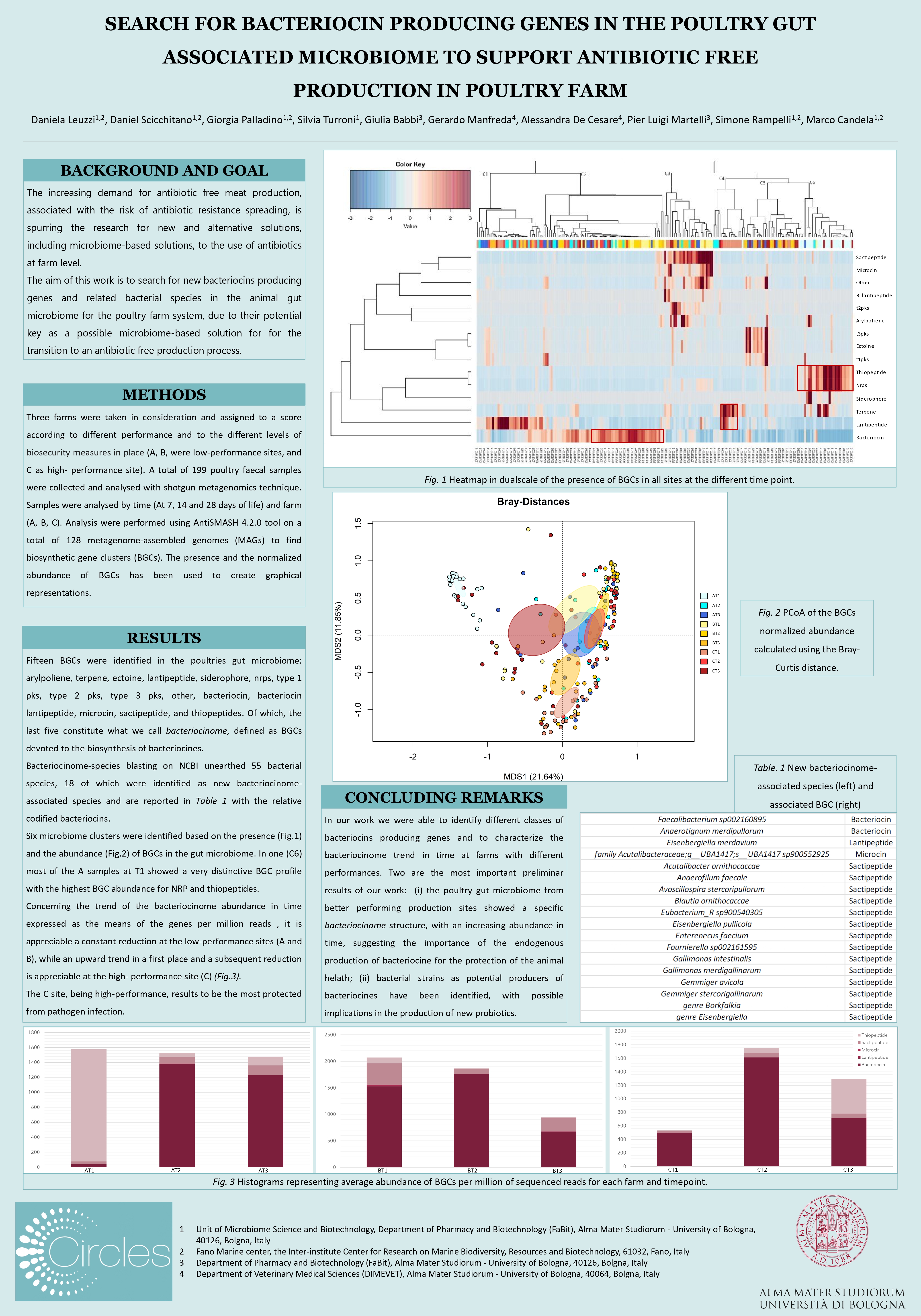By Davide Bulgarelli – University of Dundee
Soil is one of the most diverse microbial ecosystem in the plant: estimates suggest that a teaspoon full of soil contains millions of different bacteria. Interestingly enough, some of these microbes grow better or more in presence of plants; for example, the thin layer of soil surrounding plant roots, which scientists call ‘the rhizosphere’ (Figure 1), is a prime location for microbial proliferation. Effectively, microbes thriving in the rhizosphere ‘are nurtured’ by the plants through organic compounds produced during photosynthesis. In return, microbes in the rhizosphere can help plants in growing better. This beneficial exchange is not limited to the root-soil interface: leaves and other organs like fruits host their very own microbial community, what scientists call a microbiome.
Figure 1. The rhizosphere, is a hot spot for microbial proliferation.
While the importance of microbes for agriculture has been known since the XIX and XX centuries, cutting-edge development in experimental approaches, in particular in the sequencing of the DNA, have allowed scientists to look into the soil and plant microbiome at an unprecedented depth. Techniques like 16S rRNA gene sequencing and metagenomics can allow us to compile a precise census of the microbes proliferating in association with plants and address questions like who is there or what can they do for plants. Knowing these pieces of information is the very first pre-requisite towards the rational utilisation of microbes in agriculture.
This is crucial since not all the plant-microbe relationships end up with a happy ending for plants. The plant microbiome also encompasses greedy microbes: these are profiting from the resource of the photosynthesis and give nothing back. These microbes are refereed to pathogens and, if they dominate the microbiome, are responsible for severe yield losses in the field. While in past years (and still to these days) farmers often resorted to chemical compounds to control pathogens, a better understanding of the plant microbiome may prove to be a winning card in fending off these crops’ enemies. For instance, members of the plant microbiome, which scientists call “plant growth promoting microbes”, can naturally protect plants from pathogens restor a healthy microbiome (https://www.youtube.com/watch?v=JdbDRyfiad4&feature=youtu.be).
Likewise, plant growth promoting microbes can make plants growing “stronger”, for instance by facilitating the acquisition of essential mineral nutrients from soil. This is has profound implication in term of curtailing the carbon footprint of crop production, since it may allow farmers to drastically reduce the application of synthetic fertilisers.
Perhaps not surprisingly, the identification and isolation of these microbes from the soil and plant microbiomes is gaining centre-state in the industries of the so called plant biostimulants (http://www.biostimulants.eu/) and bioprotection agents (http://www.ibma-global.org/).
Yet there are still a few question marks regarding the plant microbiome and, as a scientist, I am intrigued by questions…
For instance, what makes a healthy microbiome for plants? How stable are these associations across fields of the same farm or years? When pathogens, which are naturally present in the microbiome, become dominant and capable of overpowering plant defences? Can we predictably manipulate microbiome composition, for example by supplementing soil and crops with selected microbes, to avoid pathogen outbreaks or reduce the need of synthetic fertilisers? And how much of the plant microbiome can be carried from farm to fork?
With a global population projected to reach nearly 10 billion people by 2050 and an unprecedented pressure on earth’s natural resources, addressing these questions is at the very core of ensuring global food security and a fairer and sustainable development for all.
This is where CIRCLES gets into the picture… In particular, in working package three we will take advantage of state-of-the art technologies to gain novel insights into the contribution of the microbiome to plant growth, development and health. Crucially, we will be doing so not in the confined space of a University’s laboratory but rather, we will turn agricultural fields in our labs (Figure 2). We will be working side-by-side with growers and other stakeholders to fine-tune our experimental strategy. We will capitalise on the know-how and expertise of our partners to link “microbial signatures” to plant performance. This will allow us to identify microbial targets for our intervention.
Figure 2. CIRCLES scientist Dr Alegria-Terrazas sampling the spinach microbiome in the field.
We are confident that, in a not-so-distant future, this approach will strengthen the alliance between farmers and their little, microbial, helpers.







